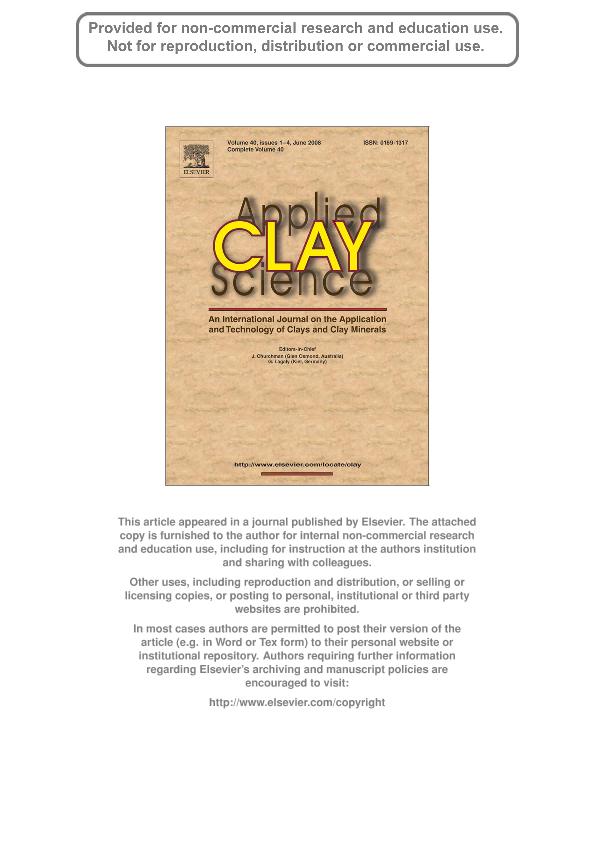Artículo
The effect of kaolin properties on their behaviour in ceramic processing as illustrated by a range of kaolins from the Santa Cruz and Chubut Provinces, Patagonia (Argentina)
Fecha de publicación:
06/2008
Editorial:
Elsevier Science
Revista:
Applied Clay Science
ISSN:
0169-1317
Idioma:
Inglés
Tipo de recurso:
Artículo publicado
Clasificación temática:
Resumen
The Patagonian kaolins offer a wide set of origin of deposits, composition, mineral processing and ceramic properties, giving a rare opportunity for investigating the interdependence of mineralogy, chemical composition, particle size distribution, texture, and surface activity with their technological behaviour in sanitaryware and porcelain stoneware production. Plasticity is strictly dependent on surface activity, < 2 μm fraction and expandable clay minerals; slip rheology is affected by soluble salts and expandable clay minerals, but also by high specific surface or tubular halloysite. Kaolinite/halloysite play an opposite role versus smectite/interstratified I/S in slip casting and tile pressing: the former allow faster casting rates, while the latter improve powder flowability and mechanical strength. Kaolinite and quartz are beneficial for drying behaviour while high surface activity or expandable clay minerals increase significantly drying sensitivity. Firing behaviour is mainly affected by minor components supplying "fluxing" (i.e. iron, alkali and alkaline-earth) oxides. A great deal of technological parameters seem to be reasonably predicted by the surface activity of clays and especially the Methylene Blue index, which is the most reliable, simple and economic method to predict and control the ceramic response of kaolins and ball clays.
Archivos asociados
Licencia
Identificadores
Colecciones
Articulos(INGEOSUR)
Articulos de INST.GEOLOGICO DEL SUR
Articulos de INST.GEOLOGICO DEL SUR
Citación
Dondi, Michelle; Iglesias, Claudio; Dominguez, Eduardo Alejandro; The effect of kaolin properties on their behaviour in ceramic processing as illustrated by a range of kaolins from the Santa Cruz and Chubut Provinces, Patagonia (Argentina); Elsevier Science; Applied Clay Science; 40; 1-4; 6-2008; 143-158
Compartir
Altmétricas




